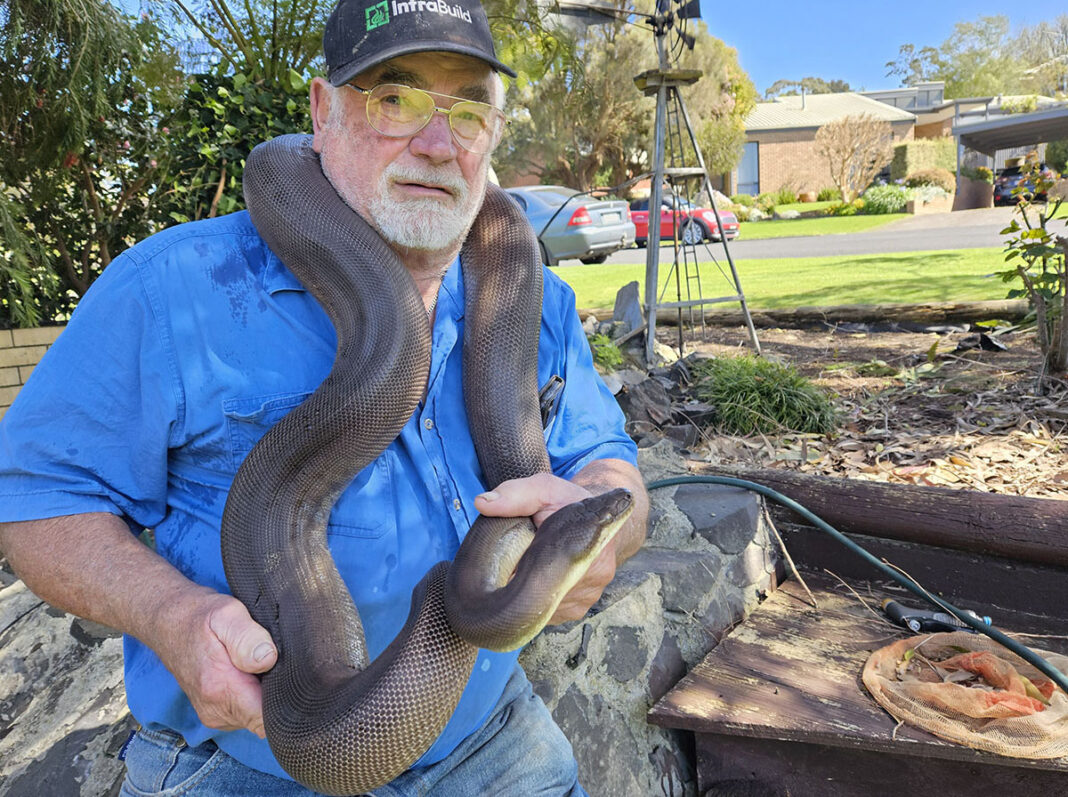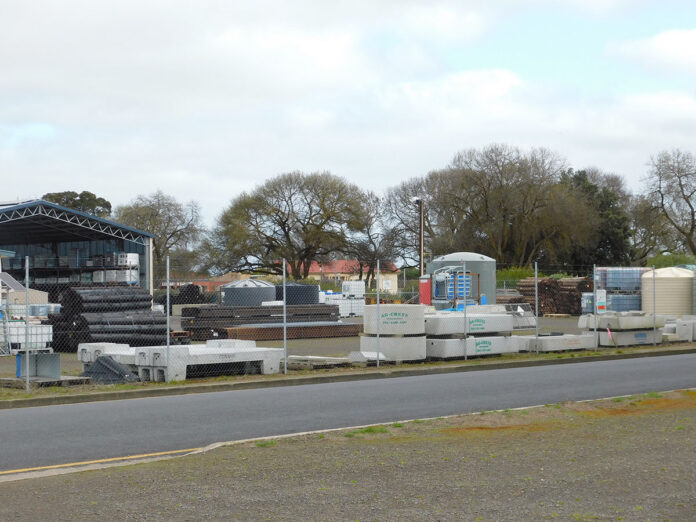As the first weeks of Spring bring warmth to the region, some of the Limestone Coast’s reptiles are also on the move.
Snake sightings are being reported across the region, including along the walking trail around Mount Gambier’s famed Blue Lake.
Local snake catcher David Miles has already received several call outs to remove sleepy snakes who have woken from their winter hibernation and are on the lookout for food and mates.
Just last week Mr Miles was called to remove a Lowland Copperhead from the front garden in Mount Gambier’s Harbison Street, near the Crater Lakes precinct.
And he’s preparing to receive plenty more calls to remove Mainland Tiger Snakes and Eastern Browns, along with the copperheads, which frequent the Limestone Coast.
“All three of those snakes are highly venomous, the brown snake is the second most toxic land snake in the world,” Mr Miles said.
“We cannot really predict how the season will go because snakes are unpredictable, we do not really know what the season is going to do, we can listen to all the reports as to how we are going to have an unusually hot summer, but we need to wait and see.
“It’s not too early to see snakes now, normally in September and early October the snakes start to move. They are coming out of brumation which is a form of hibernation for cold blooded animals, they lower their metabolism so they do not really need much to eat and then they come out and they are looking for food and mates.
“Because they have not had anything to eat for a fair while they are looking for food after being in hibernation for about four months.”
Mr Miles said development of housing estates around the edges of Mount Gambier may have an impact on snake sightings on the urban fringes.
“It tends to move the snakes about a bit, it pushes them out for a while but then they start to urbanise and come back in,” he said.
“People are building avaries and chook houses which in turn attract mice which then attract snakes coming back in for the food source.
“They will come in anywhere, if you have got rubbish lying around in the backyard they will hide under there.
“Snakes like to be under cover, they do not like to be near us and as soon as a snake sees us most snakes want to head off.”
Mr Miles said there may be more visible snake activity this coming summer if weather predictions for a warmer and drier summer prove correct.
“On a hot day there will be two things they will do, they will come in for a drink and they will also come in to get shade,” he said.
“Snakes will often go into a house, we will get call outs quite often, where a snake has gone into a house to find the cool, over it’s over about 38 degrees they do not like to be out in the heat.
“During the season, which runs from September through to late February or early March I get a range of call outs, it varies from year to year, but it’s probably between 15 and 30 call outs, each one I go to I do not necessarily find a snake.
“I often get called out to people’s homes and they have a jungle-like garden, if you see a snake try and keep your eyes on it as it helps me to find it.
“But I’m hearing there was a Tiger snake on Kangaroo Flat Road recently on a warm day, it was one of the first movements, they have been in Nangwarry, Harbison street in Mount Gambier, so I know I’m going to get more call outs because the season is going to warm up and they are starting to warm up more, had a bloke tell me the other day they saw a tiger snake cross the road and the truck drivers have seen quite a few on the roads.”
Mr Miles warned people not to kill any snakes they might find.
“If you find a snake it is illegal to kill it as they are a native animal,” he said.
“Keep your animal clear, ring for a snake catcher, or contact the police or local council.
“Stand still and the snake will normally go away – even if you have to let it crawl over your feet, they are not going to bite you. Snakes react to movement, movement to them is a threat, particularly brown snakes, that’s when they will be strike at you.”
Mr Miles said he did charge a call out fee to remove a snake.
“If I get a snake I have to take it somewhere to release it, there are designated areas,” he said.
“People must expect a call out fee because it costs me money, every time I front a snake I risk the chance of being bitten and possibly killed. It’s cost me a lot of money to undertake courses to become a qualified snake handler and catcher.
“If anyone needs it I can do snake awareness courses for schools and councils et cetera, education what to do if you see a snake and mainly what to do if you get bitten.”




